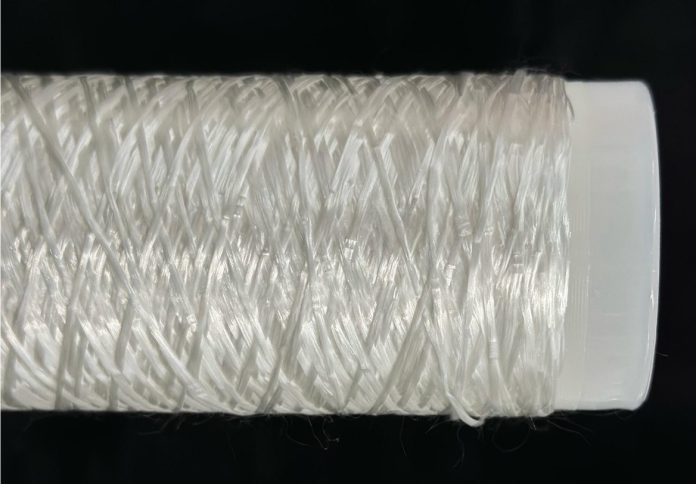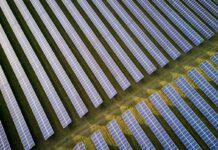
Epson and The Hong Kong Research Institute of Textiles and Apparel (HKRITA) have announced the development of a new regenerated cellulose fibre made from waste cotton fabric, marking a step forward in sustainable textile innovation.
The achievement is the result of a joint research and development agreement signed in January 2024, combining Epson’s proprietary Dry Fibre Technology with HKRITA’s fibre-dissolving expertise.
The resulting process produces a regenerated yarn that offers both a silk-like sheen and the durability of cotton, as revealed in a news release.
The process involves defibrating discarded cotton fabric into a powder, dissolving it in a solvent, and then extruding it through a nozzle into a coagulation bath, where it solidifies into fibre. This new method not only repurposes used cotton but also reduces waste by utilising short fibres that are typically discarded.
“We are extremely pleased with the results that this joint development project has yielded,” said Epson Executive Officer Satoshi Hosono.
“The selective application of this new wet process and our previously developed dry process should enable fibre to be regenerated from all waste cotton fabrics while reducing environmental impact.”
HKRITA CEO Jake Koh said the collaboration reflects both organisations’ commitment to addressing real-world environmental issues.
“As an applied research centre, HKRITA is dedicated to solving real-world problems and enhancing current practices and products,” Koh said.
“We are thrilled to collaborate with Epson to recycle fibres and repurpose them into high-quality yarns. This cross-industrial collaboration is not only reimagining materials but also redefining the future of sustainable production.”
The regenerated fibre is expected to find application in high-end textiles such as scarves, neckties, and suit linings.

















